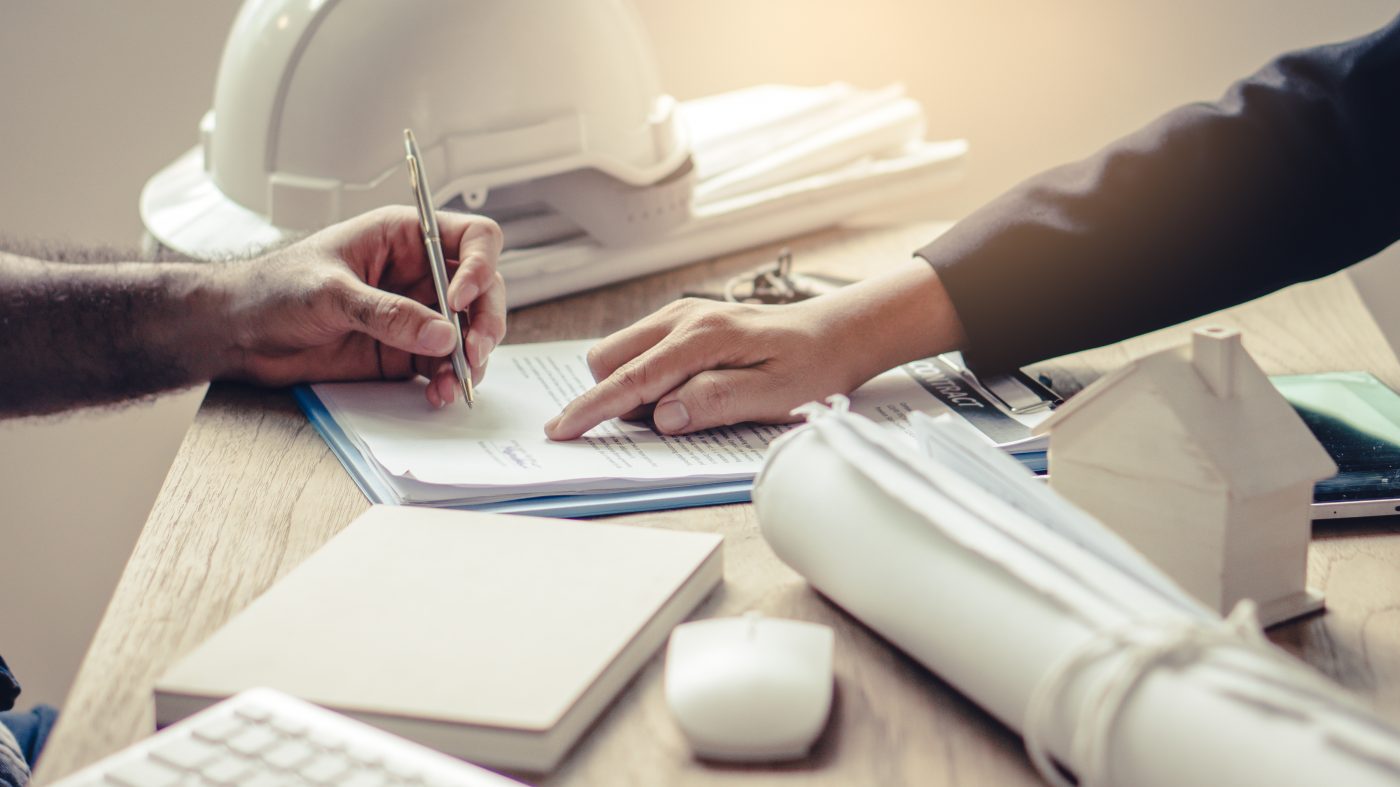You might have spotted stories in the papers recently about changes to VAT which are due to come into effect from 1st October 2020. The domestic reverse charge, sometimes just called the reverse charge, is a major change to the way VAT is collected in the building and construction industry.
The whole reason HMRC wants to bring this in is to try to tackle the £100m annual VAT losses from ‘missing trader fraud’. This means that VAT cash will no longer flow between construction business, instead it will become the responsibility of the main contractor to hold and pay all of the VAT to HMRC
Confused? Don’t be. We’ve been chatting to our friends at Exchequer Accountancy to get the lowdown and find out what all this means to you.
Could it be you?
Let’s start with who this will affect. The simple answer is not everyone. The reverse charge only applies to suppliers of specific construction services to other businesses in the construction sector. A few examples include:
- Installation of heating systems, air-conditioning, lighting, power supply, drainage, ventilation, water supply, sanitation and fire protection in any structure or building
- Painting or decorating the external or internal surface of any structure or building
- Construction, repair, extension, alteration, demolition and dismantling of structures or buildings (including offshore installations) whether they are permanent or not
See full list of services that will be affected by the reverse charge here.
What does it mean for your business?
The new reverse charge means that you will no longer charge your customer VAT unless they are the end user. You can still claim back any VAT on your purchases, subject to the normal rules.
As a result of the reverse charge, you may find that you will no longer receive, and therefore, be paying VAT over to HMRC on your returns. Instead, you will make a claim from HMRC for all of the VAT you have been charged. You’ll even have the option to move to monthly returns to speed up the repayments to you.
Some people are worried about how this will affect cash flow as you won’t have an additional 20% to use as working capital for materials, payroll etc. The good news is you can stay ahead of the game and prepare for these cash flow issues. Here’s how:
Step 1 – Consider working with a specialist construction accountant who can make sure everything is in order. They’re a dab hand at helping with those time-consuming tasks such as cash flow forecasts and monthly VAT returns
Step 2 – To avoid cash flow issues, it’s worth considering options such as VAT funding or invoice finance to help pay for your outgoing costs while waiting for invoices to be paid by clients
Step 3 – Shortening the length of time customers have to pay for your services will also improve the cash flow of your business
Step 4 – Update to cloud accountancy software so that your accountant can give you support with your cashflow in real time.

Find out even more information on the VAT reverse charge by heading to the Exchequer Accountancy’s website, they’re a friendly bunch and will be able to help you out with any questions.





